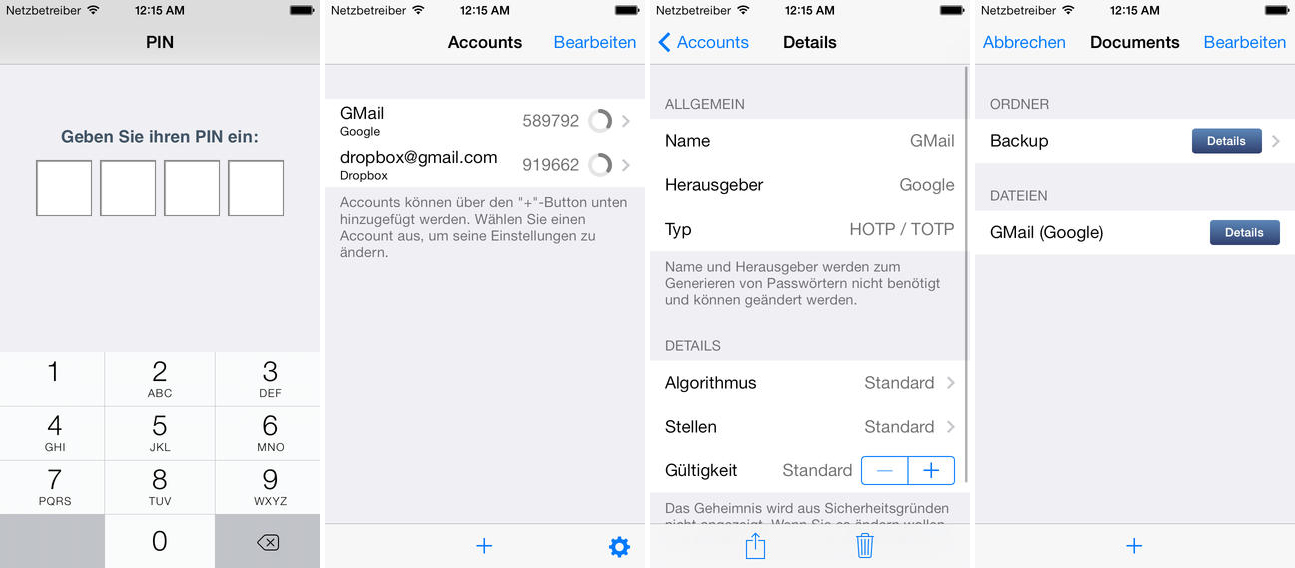

- ANYTRANS FOR IOS 2 FACTOR AUTHENTICATION UPGRADE
- ANYTRANS FOR IOS 2 FACTOR AUTHENTICATION VERIFICATION
You might also be asked to enter the passcode of one of your devices to access any end-to-end encrypted content stored in iCloud.Īfter you sign in, you won't be asked for a verification code on that device again unless you sign out completely, erase the device, or need to change your password for security reasons.

When you enter the verification code on your new device or the web, you verify that you trust the device on which you're signing in. If you're not the one trying to sign in, tap Don't Allow to block the sign-in attempt.

If you know that you're the person trying to sign in but don't recognize the location, you can still tap Allow and view the verification code. This location is based on the new device's IP address and might reflect the network that it's connected to, rather than the exact physical location. The notification might include a map of the approximate location of the sign-in attempt. When you sign in with your Apple ID user name and password for the first time on a new device or the web, you'll receive a notification on your trusted devices that someone is trying to sign in with your Apple ID.

If you do, your account is less secure and you can't use features that require a higher level of security. If you updated to two-factor authentication inadvertently, you can turn it off within two weeks of enrollment. If you're already using two-factor authentication with your Apple ID, you can't turn it off.
ANYTRANS FOR IOS 2 FACTOR AUTHENTICATION UPGRADE
Then tap Upgrade Account Security and follow the onscreen instructions. Tap Continue when you see a prompt to upgrade account security. Answer your security questions, then tap Continue.


 0 kommentar(er)
0 kommentar(er)
